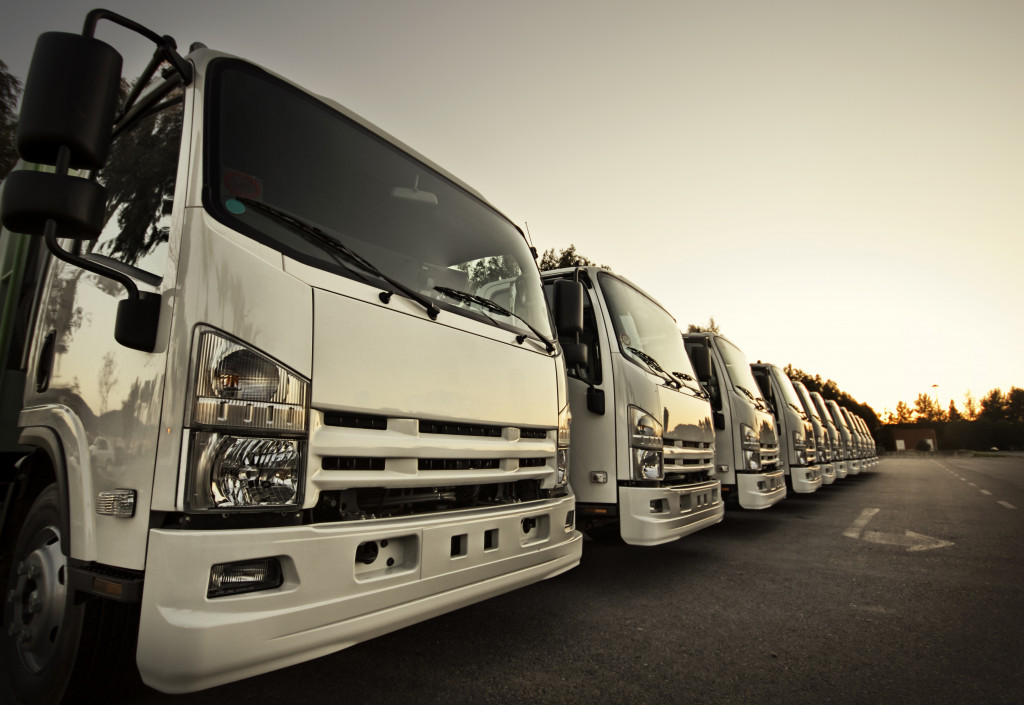- Energy-efficient lighting and machinery, including electric-powered heavy equipment, can significantly reduce warehouse carbon footprints.
- Optimizing transportation efficiency and collaborating with other businesses can decrease carbon emissions from logistics.
- Waste reduction strategies, recycling programs, and reusable packaging can minimize environmental impacts in the warehouse industry.
- Sustainable building design and employee involvement in sustainable practices are critical for overall carbon footprint reduction.
- Significant potential exists for businesses to reduce their warehouse carbon footprint and contribute to environmental sustainability through various sustainable practices.
Singapore is a bustling city-state with a rapidly growing economy. With the growth of commerce and industry comes an increase in environmental impact, particularly in the form of carbon footprint. A carbon footprint is the amount of greenhouse gases emitted by a business, organization, or individual through their activities.
The warehouse industry is one of the primary contributors to the carbon footprint in Singapore. However, there are sustainable practices that businesses can adopt to reduce their carbon footprint and contribute to environmental sustainability. This blog post will explore some of the ways Singapore businesses can reduce their carbon footprint in the warehouse industry.
Energy-Efficient Lighting and Equipment
A crucial factor for warehouses is the lighting system used. LED lights, for example, consume a fraction of energy and are long-lasting, which helps to subsequently reduce energy consumption. The right choice of equipment, according to the needs of the business, can also help reduce carbon footprint. It’s important to purchase equipment that is energy-efficient and designed for optimal performance. Whenever possible, it is always wise to invest in renewable energy, such as solar panels, that support the reduction of carbon footprint, subsequently reducing energy costs.
Electric-Powered Heavy Equipment
Warehouses often use heavy equipment, such as forklifts and pallet jacks, which require fuel. Switching to electric-powered versions not only reduces the reliance on fossil fuels but also decreases carbon emissions. For instance, you should consider looking for a reputable supplier of an electric forklift in Singapore. These forklifts are environmentally friendly and offer excellent performance, ensuring efficient operations for your business.
Optimize Transportation Efficiency

The transportation of goods is a significant source of carbon footprint in the warehouse industry. One way to reduce carbon emissions is to optimize transportation efficiency. This can be achieved through better route planning, load optimization, and more efficient transportation modes such as hybrid and electric vehicles.
Collaborate with Other Businesses
Companies can also consider collaborating with other nearby businesses to share logistics and transportation resources for a greener and more sustainable solution. This reduces carbon emissions and decreases costs for all parties involved.
Waste Reduction and Recycling
The warehouse industry generates massive amounts of waste, including cardboard boxes, packaging materials, and plastic trimmings. By implementing a recycling program, businesses can reduce the amount of waste sent to landfills. Companies can also consider providing sustainability training to employees.
Employee Training

Employees can learn how to better manage waste and recycle and compost properly by training them. This can lead to a more environmentally friendly workplace and reduce the overall environmental impact of the warehouse industry.
Reusable Packaging
Another way to reduce waste in warehouses is by implementing reusable packaging solutions. Instead of using single-use packaging materials, companies can invest in durable and reusable packaging options such as plastic crates or pallets. These materials are designed to withstand multiple uses, reducing the need for constant replacements and decreasing waste production.
Sustainable Building Design
One way to reduce carbon footprints in the warehousing industry in Singapore is through adopting sustainable building design. Sustainable building design refers to buildings designed to minimize negative environmental impact and improve occupant health and comfort. This is achieved through efficient building materials, such as modular panels, insulation, green roofs, and improved ventilation systems. In this section, we will discuss the benefits and strategies of sustainable building design, specifically in the context of warehouses.
Efficient Use of Resources
The heart of sustainable building design lies in the efficient use of resources. Energy-efficient practices such as installing solar panels and LED lighting can significantly reduce a warehouse’s reliance on traditional power sources, substantially decreasing greenhouse gas emissions.
Employee Participation and Awareness
The employees working in warehouses are one of the most important factors determining the level of sustainable practices in a business. Encouraging participation and involvement in the process of reducing carbon footprints is essential. They can be educated about energy efficiency and sustainable practices. Promoting awareness around the importance of reducing carbon footprint has the potential to reduce carbon footprint in a warehouse business.
In conclusion, the warehouse industry is essential to Singapore’s economy. But it also has significant potential to impact the environment negatively. Implementing sustainable practices is crucial for ensuring that the industry continues to contribute to economic growth while minimizing environmental impact. Businesses can achieve economic and environmental benefits by adopting sustainable practices such as optimizing transportation efficiency, energy-efficient lighting and equipment, waste reduction, sustainable building design, and employee participation & awareness. Singapore businesses must take action to reduce their carbon footprint and safeguard our planet for future generations.






